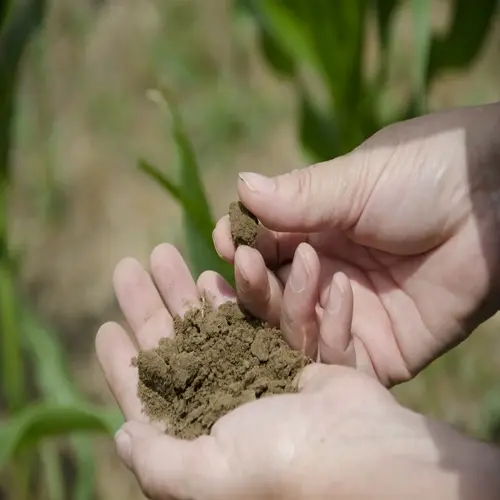What natural methods adjust soil pH?

Written by
Michael Sullivan
Reviewed by
Prof. Samuel Fitzgerald, Ph.D.Naturally modifying soil pH keeps plants healthy without chemicals. Organic amendments can safely modify acidity. Elemental sulfur is used to reduce pH for acid-loving plants. Agricultural lime increases the pH and is used for vegetables that require neutral conditions. Wood ash and pine needles have a slower effect on the pH level.
Choose amendments as indicated on your soil test. Apply sulfur only when the pH level exceeds the plant's preferences. Use lime only when your pH level is below the ideal range. In most cases, retest the soil after application. In one season, I lowered the pH of my hydrangea with pine needles.
Elemental Sulfur
- Lowers alkaline soil pH gradually
- Microbial activity converts sulfur to sulfuric acid
- Apply 1 lb per 100 sq ft for 1 pH unit drop
Agricultural Lime
- Raises acidic soil pH effectively
- Calcium carbonate neutralizes hydrogen ions
- Apply 5 lbs per 100 sq ft for 0.5 pH unit increase
Wood Ash
- Mildly raises pH with potassium benefits
- Contains calcium carbonate and soluble salts
- Apply thin layers (no more than 20 lbs/1000 sq ft annually)
Ensure that you apply amendments correctly for optimal results. Adding sulfur or lime to the topsoil is helpful before planting. Apply wood ash lightly, as it may create a salt buildup. Pine needles make great mulch, and they break down slowly. Water thoroughly after applying any amendments for them to work correctly.
Monitor pH changes every month during correction periods. Natural methods work slowly and take time (weeks or months) to show effect. Avoid over-application to prevent harmful effects on soil biology. This method is best applied when mixing with organic matter to help isolate and provide a buffer for pH shifts. Patience is rewarded with balanced, productive soil.
Read the full article: Garden Soil Testing: Everything You Need to Know

